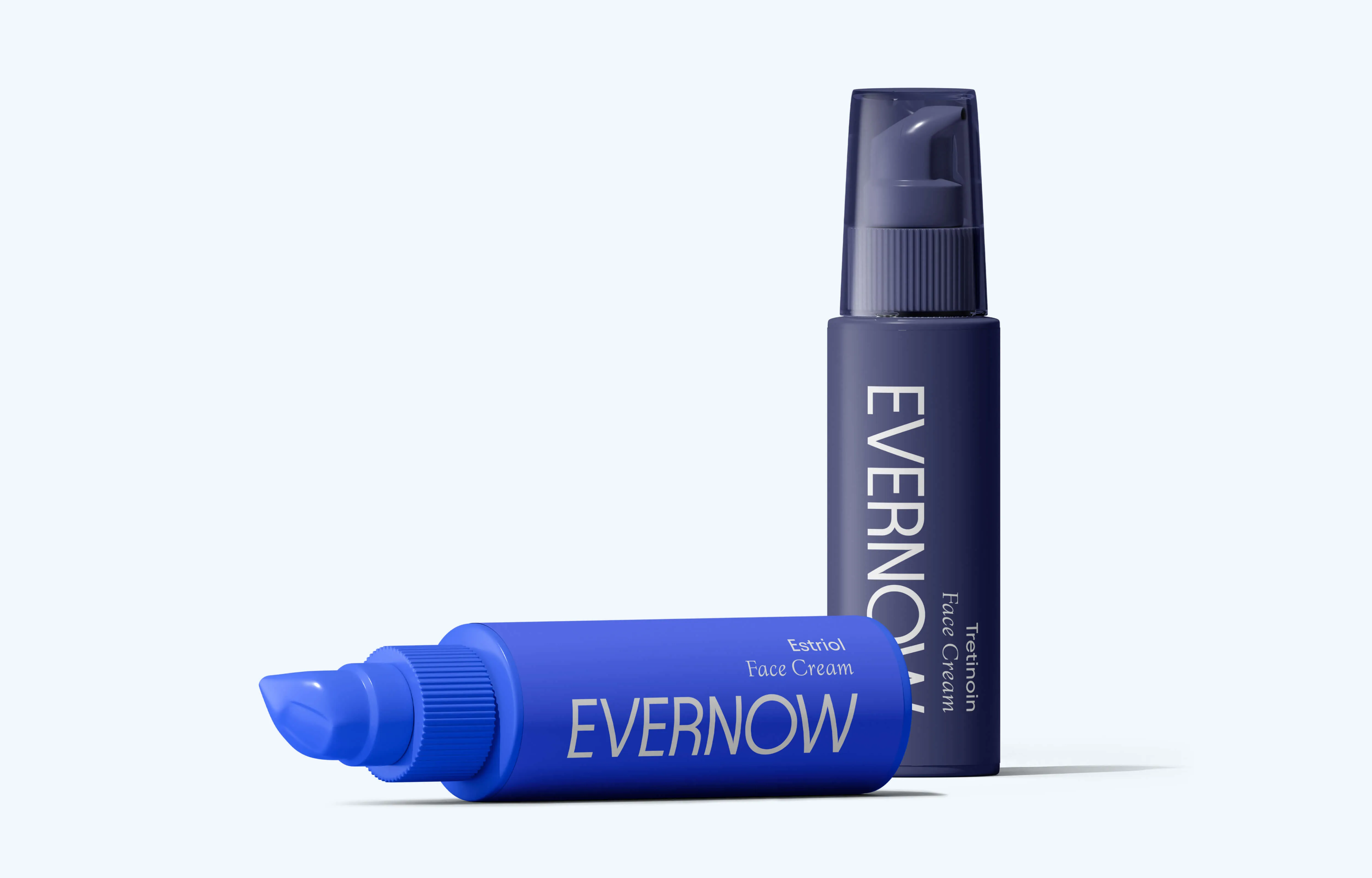The Truth About Hot Flashes

The Truth About Hot Flashes
Hot flashes—the sudden feeling of intense heat rushing through the body, concentrated especially in the face, neck, and chest—are the canonical symptom of menopause, the one that most readily comes to mind when thinking about or discussing it. While other symptoms like fatigue and weight gain are actually more prevalent, hot flashes will be experienced by most women during the menopausal transition. They can last anywhere from 1-10 minutes, are labeled moderate-severe by most women, and are disruptive enough for 25% of women to seek relief from a physician.
If you haven’t yet experienced a hot flash yourself, you most likely know a woman who has. So you may be wondering what exactly a hot flash is, what causes them, and what to expect. Let’s dive right in.
How common are hot flashes?
First, let’s look at some of the data and statistics. Menopause occurs after 12 consecutive months pass without a woman having a period. The average age of menopause is 51. Most women will experience their first hot flash sometime during perimenopause, the period leading up to the menopause transition usually beginning in a woman’s 40s, when her primary reproductive hormones, especially estrogen, begin to fluctuate and decline.
In other words, the first hot flashes occur when a woman is still menstruating, usually beginning a few months or years before her last period. These hot flashes will continue for an average 7.4 years, meaning that they tend to persist several years after a woman’s last period (one study showed a median duration of 4.5 years for post-menopausal hot flashes), and decreasing in intensity and regularity thereafter until they eventually peter out. This is highly variable, however. Some women experience hot flashes for up to 13 years, and some report the occasional hot flash well after menopause, even into their 70s (although this is rare).
While over 75% of women will experience hot flashes, a 2006 analysis of hot flashes by ethnicity showed that Black women experience them more frequently than other groups, while Asian women experience them less frequently. Some women have reported experiencing hot flashes as early as 38 years old, and in one study of 1,462 Swedish women, 30% of 60 year-olds were still experiencing them.
How hot flashes work
Hot flashes are thought to be triggered by the hypothalamus, a small region of the brain about the size of an almond that plays an important role in maintaining the body’s internal balance. It does this by stimulating or inhibiting many key processes such as temperature, heart rate, blood pressure, thirst, sleep, sex drive, and sodium and water balance, among others.
Because the hypothalamus receives information from nearly all parts of the nervous system, it is considered to be the link between the nervous and the endocrine systems (the endocrine system regulates hormones). As different parts of the body send signals to the brain, the hypothalamus responds by releasing hormones that stimulate or suppress the production of other hormones throughout the body. It does this primarily via the pituitary gland, a pea-sized endocrine gland that sits directly below it and secretes multiple hormones.
Now, normally, when your body gets too warm, it sends signals to your brain and the hypothalamus responds by sending signals that cause blood vessels throughout the body to dilate, releasing heat and bringing your temperature back into balance. However, during the menopausal transition, changes in estrogen levels can trigger the hypothalamus to try and balance the body's temperature, even if the temperature outside the body hasn't changed. This leads to what we call hot flashes.
During the menopausal transition, changes in estrogen levels can trigger the hypothalamus to try and balance the body's temperature, even if the temperature outside the body hasn't changed. This leads to what we call hot flashes.
In addition to causing severe discomfort, hot flashes can result in a visible flushing of the skin or sudden sweating (menopausal “night sweats” are actually hot flashes that occur during the night). A woman may also experience rapid heart rate and feelings of anxiety or dread during a hot flash, and may experience a chill throughout her body once the hot flash is over.
What you can do
If any of this has happened to you, you know it’s not a walk in the park. The good news is that effective treatments do exist:
- Hormone replacement therapy is a highly effective treatment for hot flashes—in particular, estradiol, the form of estrogen produced by a woman’s ovaries which declines with age. It is scientifically proven to eliminate hot flashes completely in 75% of women who take it, and to drastically decrease the severity and frequency of hot flashes in the other 25%.
- Gabapentin is another medication that has been shown to be very effective for hot flashes. A non-hormonal off-label prescription medication, it acts upon a non-hormonal mechanism that helps regulate body temperature, and is particularly helpful for night sweats. Notably, it doesn’t work on other symptoms of menopause.
- Paroxetine (aka “Paxil” or “Brisdelle”) and Venlafaxine (aka “Effexor”) are, FDA-approved, low-dose SSRI (selective serotonin reuptake inhibitor) and SNRIs (serotonin norepinephrine reuptake inhibitor) that may be prescribed off-label for women who aren’t candidates for estrogen therapy due to certain medical conditions such as breast cancer, or for those who want a non-hormonal treatment. You may have heard of SSRIs before as a common treatment for depression. Less well known is the fact that serotonin and norepinephrine also play a role in the body’s thermoregulation.
- Clonidine is a medication prescribed for high blood pressure which is sometimes prescribed off-label to treat hot flashes indirectly by lowering blood pressure. It has been shown to be moderately effective in women who are being treated for breast cancer and experiencing tamoxifen-induced hot flashes.
Non-medical approaches can be paired with the above to support symptom relief. Some of these include:
- Good nutrition may help with hot flashes, especially one that includes phytoestrogens (estrogen-mimicking compounds found in plants)—like those found in soy, yams, flax, and lentils—to replace the lower and fluctuating levels of estrogen being made by a woman’s body during this period.
- Certain supplements are said to help reduce hot flashes, especially black cohosh.
- Deep breathing exercises may help by slowing the increase in heart rate and related feelings of anxiety that can occur during a hot flash.
- Drinking a cold glass of water or juice at the onset of a hot flash can help mitigate the hot flash episode, as well as decrease its duration.
- Exercise can help the body’s thermoregulation and result in more efficient heat release.
- Dressing in layers and wearing loose clothing makes it easier for a woman to regulate her body temperature during a hot flash, lessening symptom severity.
Start your journey toward relief
What to read next:

How to Lose Menopause Weight: Science-Backed Strategies for Menopause Weight Loss
How to Lose Menopause Weight: Science-Backed Strategies for Menopause Weight Loss
During menopause, your body is doubling the rate at which it stores fat. This means that strategies that worked in the past won’t be as effective now.
.webp)

